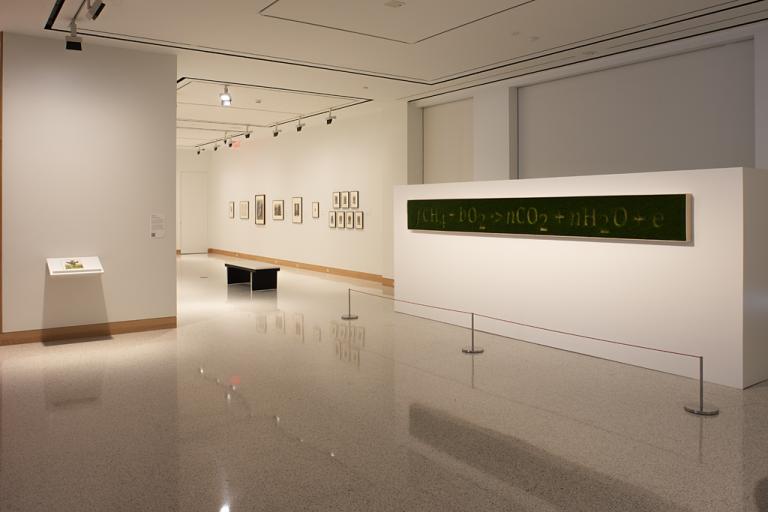American Prairie Lepidella (Amanita prairiicola Peck) Collected by Elam Bartholomew in the open Kansas prairie, September 17, 1896, unknown maker from the United States
Artwork Overview
American Prairie Lepidella (Amanita prairiicola Peck) Collected by Elam Bartholomew in the open Kansas prairie, September 17, 1896
, 1896
Where object was made: Kansas, United States
Material/technique: type specimen
Dimensions:
Object Height/Width (Height x Width): top packet 8.8 x 51.2 cm
Object Height/Width (Height x Width): middle packet 6 x 13.5 cm
Object Height/Width (Height x Width): specimen 6.5 x 4 cm
Object Height/Width (Height x Width): top packet 8.8 x 51.2 cm
Object Height/Width (Height x Width): middle packet 6 x 13.5 cm
Object Height/Width (Height x Width): specimen 6.5 x 4 cm
Credit line: Loaned by the R. L. McGregor Herbarium, Biodiversity Institute & Natural History Museum, University of Kansas
Accession number: EL2018.013
Not on display
If you wish to reproduce this image, please submit an image request


